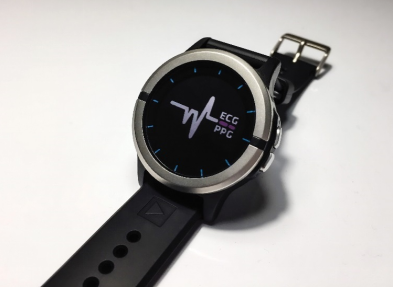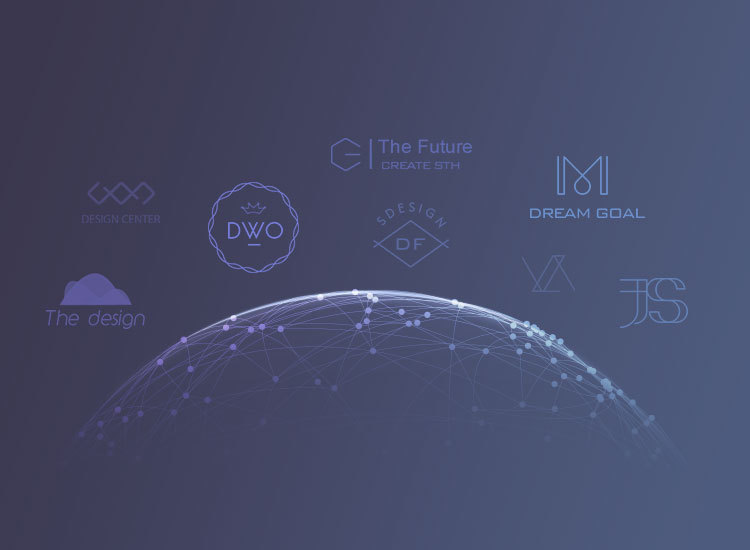A new approach to using portable or wearable monitoring devices and point-of-care medical devices promises to improve patient outcomes and help reduce the strain on public healthcare facilities.
Before the emergence of SARS-CoV-2, the virus that causes COVID-19, there had been a massive shift in the way healthcare was delivered, giving new impetus to medical innovation. Aging populations, near ubiquitous mobile broadband connectivity, and the development of sophisticated sensing technologies in developed countries prior to the 2020 COVID-19 pandemic were driving the adoption of more customized digital or remote monitoring and diagnostic methods. As the COVID-19 pandemic continues to put pressure on limited hospital facilities, healthcare providers are accelerating the deployment of new technologies for testing and monitoring outside of the hospital. Innovative sensors now not only enable clinically accurate monitoring of people’s key physiological signs at home, but also allow samples to be tested at the point of care, eliminating the need to send samples to distant laboratories for processing, resulting in faster diagnostic results.
This marks a break with decades-old standard medical procedures. In the traditional medical model, patients only visit the hospital when symptoms become apparent, or attend routine annual checkups. And a full set of test results will be sent to a laboratory for analysis before a diagnosis or health assessment can be issued. In many cases, the diagnosis is made long after the patient’s first consultation and is based on the results of the patient’s only one examination.
The treatment makes sense when the cutting-edge equipment needed to monitor vital signs and symptoms is scarce and only available from hospitals or other dedicated medical facilities.
The development of new medical sensing technologies has created conditions for completely different medical concepts. Instead of using the large, stationary medical monitoring equipment found in hospitals, this new approach to patient monitoring uses:
Small, even wearable devices
Extremely low power consumption allows use of battery-operated devices
Delivers precise, clinical-grade measurements
This allows us to implement medical monitoring and testing outside of the hospital, either in local healthcare facilities (such as GP practices) or in the patient’s home. For greater convenience to patients, wearable devices such as patches can operate continuously in an unobtrusive location for 24/7 monitoring anytime, anywhere.
Monitoring in real life for more accurate diagnosis
Part of the reason for the adoption of new remote monitoring technologies is a shortage of medical resources. The peak of the COVID-19 pandemic in 2020 put a lot of pressure on hospitals, suggesting that the healthcare system may soon be unable to meet the growing demand for acute care services. Therefore, transferring patients requiring vital sign monitoring from hospitals to clinics or their own homes is a sensible long-term strategy.
But just as importantly, monitoring with portable or wearable devices can provide more useful data, leading to better patient outcomes. New medical monitoring technology supports longer monitoring of vital signs such as heart rate, heart rate variability, blood oxygen saturation (SpO2) and body temperature. Through continuous monitoring, trends and patterns of outbreaks can be uncovered that are not available to medical practitioners when they provide a single diagnosis to a patient. Parallel developments in artificial intelligence (AI) diagnostic techniques mean that data flow monitoring can be automated.
Rather than overwhelming doctors with deluge of data, this AI-based approach uses technology to monitor patterns of vital signs in the background, signaling only when a doctor’s personal intervention is required. By detecting precursor signals that predict future morbidity, patients and doctors can work together to make changes in medication, lifestyle or diet to prevent conditions that previously required a hospital emergency room visit.
In addition, monitoring at home or at the point of care can reveal a patient’s true health status rather than traveling to an artificial and often stressful hospital ward for checkups. The latest multi-parameter wearable sensors can combine vital signs with other indicators such as exercise and sleep, and analyze medical data in conjunction with the patient’s lifestyle.
A new breakthrough in the application of semiconductor technology
This new paradigm of patient monitoring is driven by the development of semiconductor technologies and computer science in the 21st century.
In optoelectronics, optical sensor solutions have been developed to perform photoplethysmography (PPG), a non-invasive optical method for calculating heart rate, respiration rate and SpO2. Tiny MEMS motion sensors can measure patient activity, such as exercise time and sleep quality, linking vital signs to the patient’s condition.
In hospitals, many of the devices used to monitor vital signs are bulky and power-hungry. By enabling this measurement capability at the chip level, semiconductor manufacturers such as ADI can produce products such as medical patches that stick to the skin, run on batteries for days or weeks, and measure Data is sent wirelessly to a host device such as a smartphone. From the host computer, measurement data can be securely uploaded to a cloud diagnostic service, which converts raw electrical signals into actionable medical data.
Combining technical expertise with application knowledge
It is one thing to be able to describe the functional requirements of semiconductor and computing systems that allow patients to wear a smart watch or patch to monitor their vital signs, and quite another to use a solution using these technologies in an actual product.
At ADI, we recognize that our service to healthcare technology innovators may begin with semiconductor technology, but it cannot end there. To do this, we bring together technical experts and domain experts from the medical market to support our customers.
The job of a medical domain expert is to gain a deep understanding of application requirements, as well as key attributes of the market, such as regulatory compliance and data privacy. Customers developing complex medical products can innovate faster, with more freedom and with greater confidence in achieving successful results when they are supported by experts who understand both their technology and its application.
In the field of vital sign monitoring, this application expertise is supported by a development platform. For example, the Vital Signs Monitoring (VSM) Research Watch is a multi-parameter open development platform. This is a convenient wearable device that uses a suite of sensors to provide a continuous set of vital sign measurements that can be used to develop biomedical algorithms.

The VSM Research Watch uses PPG and ECG to measure heart rate and heart rate variability. MEMS accelerometers can count steps and improve and inform algorithms that are sensitive to motion artifacts. Sensors on the watch measure temperature and impedance, and those values are used in algorithms to monitor stress and body composition. These capabilities support research conducted by medical and academic institutions to evaluate new use cases for remote patient monitoring.
The benefits of monitoring patients outside of the hospital are clear. Leveraging precise, low-power, tiny components such as sensors, analog-to-digital converters, and digital signal processors, the VSM watch and other such development platforms from ADI provide the foundation for innovative medical device manufacturers to build on Build the monitoring devices of the future.
About the Author
Giuseppe Olivadoti joined Analog Devices in 2000. During his time at ADI, he held various engineering, sales and business leadership positions. Giuseppe currently serves as Director of Marketing and Applications for the Digital Health Group at Analog Devices. Before that, he held sales leadership positions in Europe and the Americas.
Giuseppe holds a BS in Electrical Engineering from Northeastern University and an MBA from the University of Phoenix. He currently lives in the Boston area.
